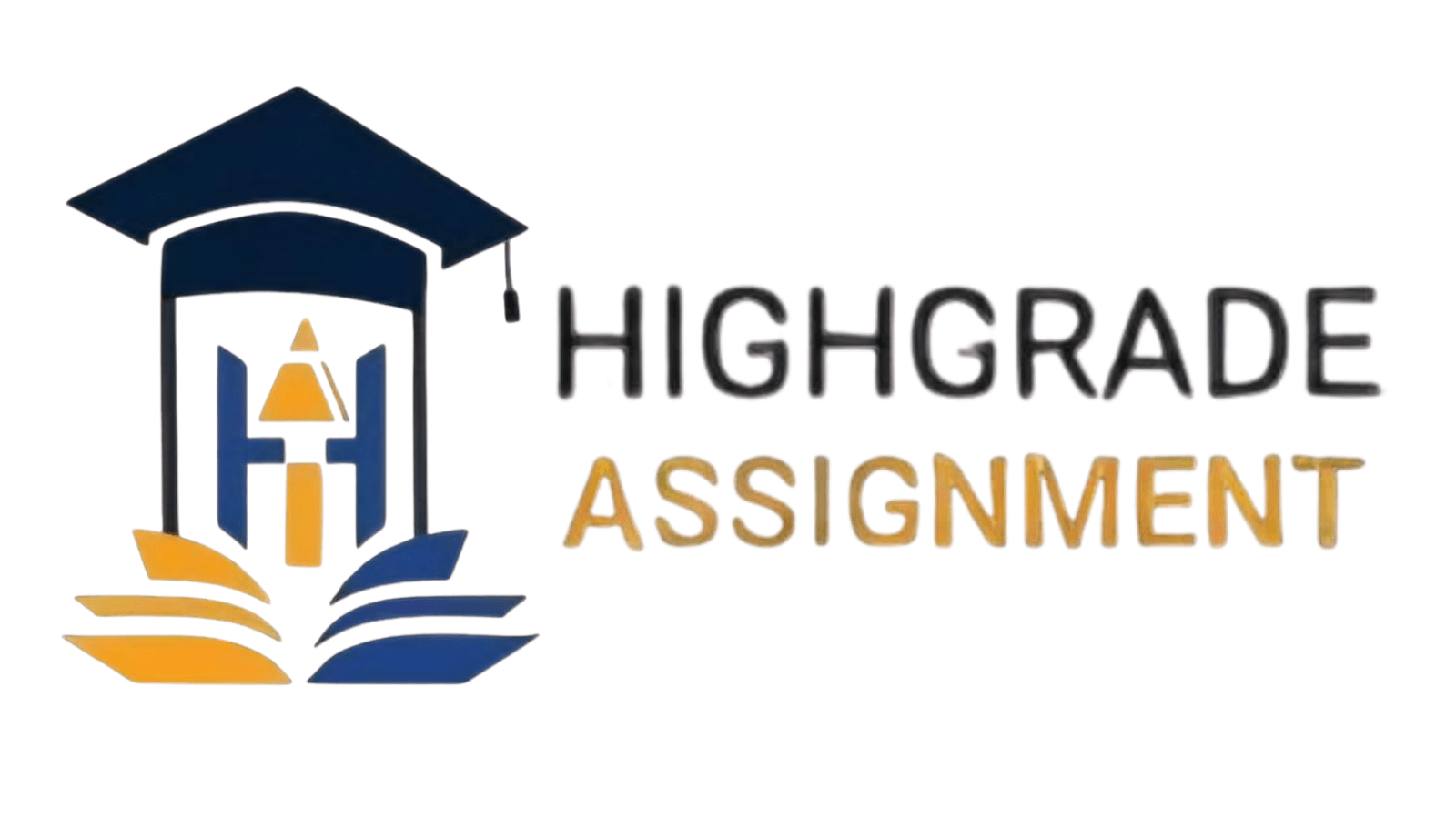Peer reviews are significant to the educational procedure since they assist students to increase their learning and skill development. In this blog, practical methods will be provided for coping peer reviews that motivate considerable understanding and advancements.
Strategies for Conducting Effective Peer Reviews for Assignments
Guidelines and Criteria:
Start by placing down precise rules and regulations for the peer review process. When examining the assignments of co-workers, students should be well aware of the exact details they need to pay attention to. Setting clear goals and expectations will guarantee that the feedback given is relevant and in line with the goals of the work.
Training and Orientation:
Peer review offers students an instant orientation or training session before its procedure starts. This involves the reason and purpose of conducting peer reviews, going over the features of constructive criticism, and giving good examples of positive criticism. Students are aided in this phase so that they can understand the importance of their job and how their comments can hamper the learning of their colleagues.
Anonymity and Fairness:
For honest and unbiased feedback, peer review should be conducted anonymously. This prevents an unbiased review process and prevents any personal biases from affecting the feedback. Furthermore, anonymity encourages a safe environment where students can make open comments for constant improvement.
Structured feedback format:
Peer review encourages students to use a specific system for organised feedback submission that includes both positive and negative points. The “compliment-critique-suggestion” structure is a renowned method to motivate students. Positive feedback should come as a priority, followed by positive criticism, and then specific recommendations for improvement.
Use of Rubrics:
Inspect peer review using rubrics that are under control with the standards for upgrading the task. Rubrics also offer an organised structure for evaluating assignments, improving the objectivity and regularity of the examination process. Students can utilise the rubric to ensure their feedback is in control with pre-established standards.
Feedback, Peer Review Sessions:
Stress the worth of providing feedback professionally and pleasantly in peer review. It encourages students to look at their concepts which encourages their development rather than discouraging them. Setting up particular peer review sessions for students where they can exchange their assignments and provide them with immediate comments. These sessions promote interaction between them, the solution of questions, and instant responses to their queries for feedback.
Reflective Component:
Peer review encourages students to think about the solutions to the queries and criticisms they have received after collecting and analysing feedback from peers. Students can critically analyse their work during this reflection phase, consider the feedback, and choose the method for putting the suggestions into action.
FAQs About Effective Peer Reviews for Assignments
What is the purpose of peer reviews in education?
How can anonymity improve the peer review process?
What is the “Compliment-Critique-Suggestion” feedback method?
Why are rubrics important in peer reviews?
How can educators prepare students for effective peer reviews?
Conclusion
A prime component of collective learning that encourages growth and expansion is effective peer analysis. It is practicable for educators to ensure that peer reviews serve as beneficial instruments for the growth of students by putting these strategies into practice. Students also offered detailed feedback via clear and transparent instructions, various training sessions, and make uniform forms. While rubrics maintain regularity, anonymity stimulates honesty. Discussions, conversation and critical thinking are raised and improved by peer review analysis and reflective components. Peer assessment can notably improve the educational experience with these methods, allowing students to develop their capabilities and grant a positive learning environment.
Read More:- How to Write an Assignment In 2024

